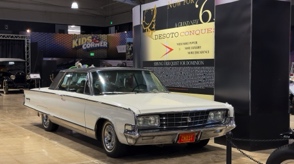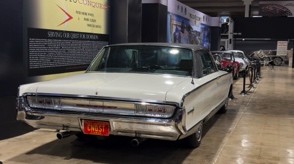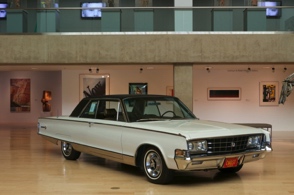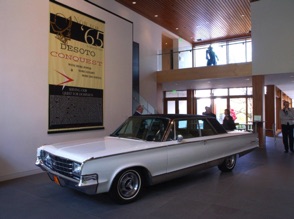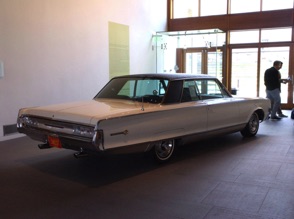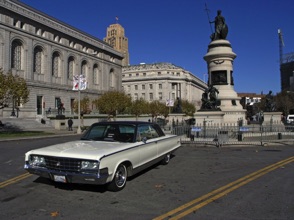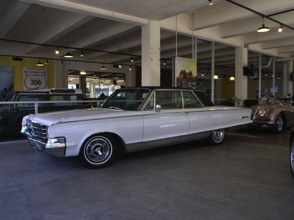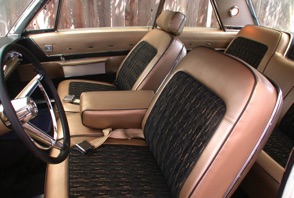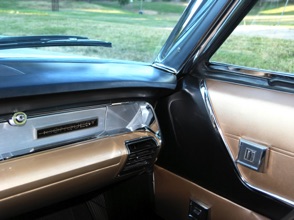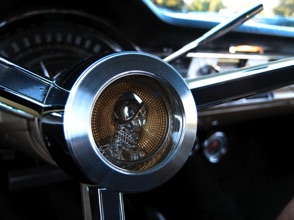Collection of The Petersen Museum, Los Angeles
Hernando [De] Soto, the cruel and sadistic 16th Century Spaniard who wandered the Southeast and Midwest in search of New World riches would become the symbol for an automobile company in 1929. Later purchased by the Chrysler Corporation, DeSoto would continue to make automobiles until 1961. Despite plans to create 1962 models, sales failures led to the demise of the marque. Ironically, the DeSoto was marketed to women in the 1950’s; it was well known that (Hernando) DeSoto would commonly enslave and rape the captured women of tribes he had encountered on his path through the southeast to the fateful battle with Tuscaloosa.
DeSoto as a family namesake has been a source of much confusion. My heritage is vaguely linked to this “explorer.” Somehow my great grandfather, the Spaniard Terbosio De Soto married into the Southern California Cahuilla tribe early in the 20th Century. Later, his son, Damien Joseph would die of tuberculosis in Palm Springs, California, and so his son (my father) would grow up on the Agua Caliente reservation with his mother Isabel (the namesake of Hernando De Soto’s wife). This native family had this troubled name during a time when middle class Americans coveted DeSoto Adventurers and Coronados ; these monikers are crossed metaphors and false identities.
My love of automobiles extended to the DeSoto, and as a child I was asked often about this connection, either in jokes or in admiration. My fascination with automobiles, their design, beauty, and power, brought me, like so many others into the world of art. It is with a sense of deep connection to the presence of the automobile within which informs my work. From the 1996 work, “The Sound of the Trumpet,” that utilized a powerful V-8 engine, to the smaller sculptural series, “Recumbent” where the language of automobile, native and conquistador are combined with the memorial of my father, automotive language, technique and surfaces have figured largely in my work. In 2002, I completed a mock-up for a large-scale work of thirteen customized cars, “La Cena Pasada,” is based on fresco of The Last Supper, by Da Vinci.
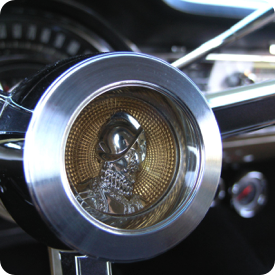
“Conquest” is a project to trace the ironic threads of DeSoto: automobile, conquistador, myself and our culture It proposes that the metaphor of history is a set of divergent parallel universes in which to traverse and communicate with. I have created a counterfeit product; this automobile never existed in the history of the marque. The automobile design is based on a mid 1960’s Chrysler Corporation platform and is endowed with a unique DeSoto style that extends the design philosophy of the Chrysler design chief Elwood Engel, while meshing with my own. I have interpreted a new model, the CONQUEST with redesigned instruments, wheel covers, roof design, monikers, upholstery, color schemes, and mechanical characteristics. Along with the physical transformation and presence of the automobile there are various documents that illustrate the mentality of the colonial mind: within the owners manual and window sticker are remants of the REQUIREMENTO, the legal document read to Native peoples before their submission to Spain and the Catholic Church.
